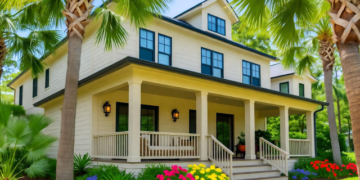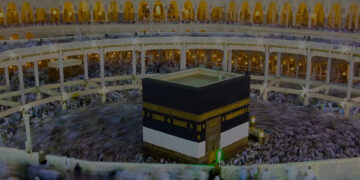Parquet flooring is making a strong comeback in modern home design — and for good reason. It’s elegant, versatile, and durable, with the ability to bring instant character to any space. Whether you’re updating a heritage home or adding a touch of sophistication to a contemporary build, parquet flooring offers a solution that blends timeless appeal with practical performance.
What is Parquet Flooring?
Parquet flooring consists of small wooden pieces arranged in geometric patterns. The most popular pattern is herringbone, but others like chevron, basket weave, and brick bond are also commonly used. The visual effect adds dimension and interest to floors in a way that straight boards can’t match.
Unlike traditional plank flooring, parquet flooring offers a layered aesthetic that reflects light differently depending on the grain direction. This makes rooms appear more textured and refined, even when minimal décor is used.
Why Homeowners Are Choosing Parquet
Parquet flooring has seen a resurgence due to several key advantages:
- Design Flexibility: Available in a wide variety of patterns and colours, it suits both traditional and modern interiors.
- Durability: When made with quality hardwoods like oak, blackbutt, or spotted gum, parquet is long-lasting and can be sanded and refinished multiple times.
- Value Addition: Properly installed parquet flooring can increase the market value of your home thanks to its bespoke appearance and prestige.
- Visual Impact: The intricate designs create a striking first impression, especially in entryways, living rooms, and dining areas.
Solid vs Engineered Parquet Flooring
You’ll typically have two main options: solid timber parquet or engineered parquet flooring.
- Solid parquet flooring is made from 100% hardwood and is often installed, sanded, and sealed on-site. It can be refinished multiple times and has a traditional look and feel.
- Engineered parquet flooring consists of a hardwood veneer over a stable plywood or multi-layer base. It’s more resistant to humidity and temperature fluctuations — a practical choice for homes in areas with variable weather.
Engineered options are often pre-finished and click-locked or glued, making them faster to install.
Popular Patterns in Parquet Flooring
- Herringbone: A zig-zag arrangement with alternating direction. It’s classic and works well in both modern and vintage settings.
- Chevron: Similar to herringbone but with ends cut at an angle, creating a continuous “V” pattern.
- Basket Weave: Simulates the look of woven timber strips, adding intricate texture to the floor.
- Versailles Panels: Inspired by French palace design, these are grand, ornate, and best suited for large formal rooms.
Each pattern gives a unique feel, so it’s worth taking time to match the design to your home’s layout and aesthetic.
Best Timber Choices for Parquet Flooring
When selecting your timber, local options like blackbutt, spotted gum, and Tasmanian oak are highly recommended. They’re not only sustainably sourced but also perform well under Australia’s climatic conditions.
European oak is another popular choice for its light colouring and consistent grain. Its neutral tone makes it easy to pair with various interior palettes.
Installation Considerations
Parquet flooring requires professional installation due to the precision needed to maintain pattern alignment and subfloor preparation. The subfloor must be perfectly level, clean, and dry before installation begins.
Depending on your selection (solid or engineered), the flooring may be glued down or installed using a click system. Expansion gaps are essential to allow for natural timber movement over time.
For optimal results, it’s advisable to let the parquet flooring acclimatise to your home for a few days before installation.
Maintaining Your Parquet Flooring
Parquet flooring is relatively low-maintenance, but it benefits from regular care to preserve its appearance.
- Use a soft broom or vacuum to remove dust and debris.
- Clean spills immediately with a damp (not wet) cloth.
- Use floor-friendly cleaning solutions made for timber.
- Avoid dragging heavy furniture across the surface.
- Use protective pads under chairs and tables.
With proper care, parquet floors can last decades and can be sanded back and resealed every 10 to 15 years, depending on traffic.
Styling Tips for Parquet Flooring
- Contrast or complement: Use contrasting walls and rugs to make the floor the centrepiece, or match timber tones with cabinetry for cohesion.
- Layer with rugs: In open spaces, use area rugs to zone rooms without covering up the floor’s beauty.
- Light vs dark tones: Light timber parquet opens up smaller rooms, while darker shades add mood and depth to larger areas.
Final Thoughts
Parquet flooring is more than just a practical floor covering — it’s a design statement. It brings history, craftsmanship, and sophistication into your home. With its wide variety of styles, timber types, and layouts, parquet flooring suits everything from classic interiors to minimalist, modern homes.
If you’re considering a flooring update, parquet offers one of the most stylish and long-lasting solutions available. Its unique patterns, solid construction, and easy maintenance make it a smart investment in both beauty and function.
















